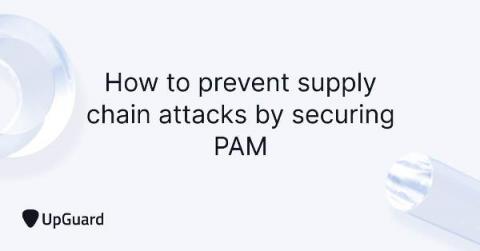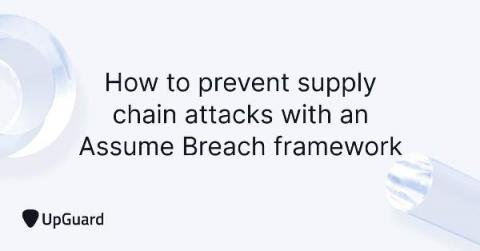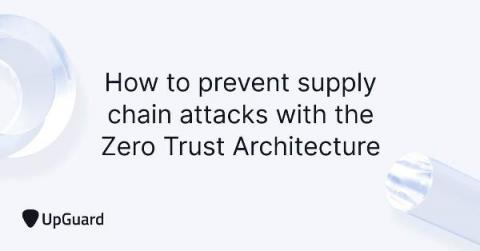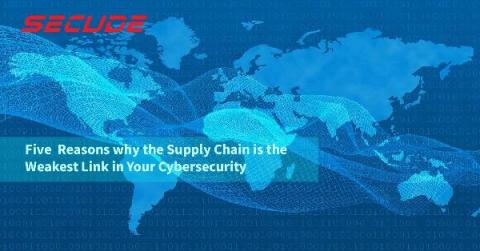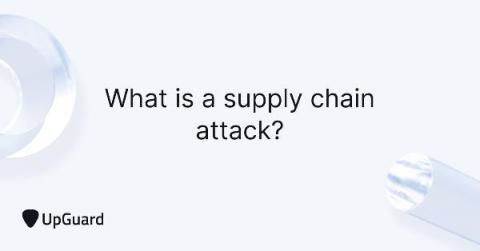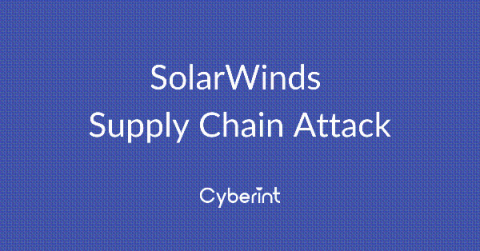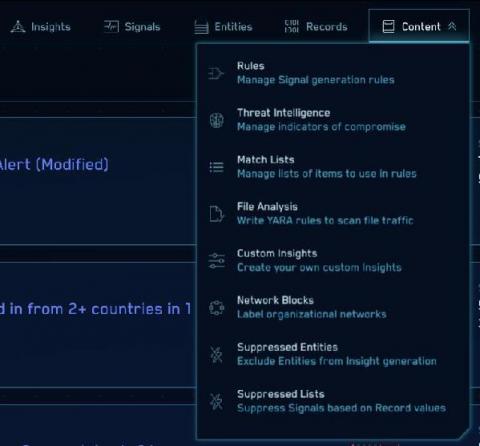SolarWinds Orion Security Breach: A Shift In The Software Supply Chain Paradigm
The recent SolarWinds breach highlights a new paradigm in the Software Supply Chain. When compared simply to the code itself without any additional tools, Proprietary Code is no more secure than Open Source. By contrast, many would argue that Open Source Code is more secure due to a faster fix/patch/update cycle and the pervasive access to source code (Clarke, Dorwin, and Nash, n.d.).



